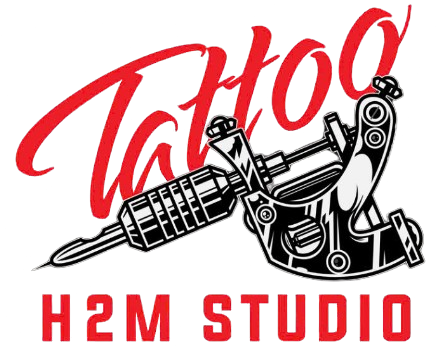Allergic Reaction to Tattoo Ink? Tattooing is an art form — but for some, it can come with unexpected allergic responses to certain ink pigments. These reactions may appear as redness, itching, swelling, or even more severe skin issues. At H2M Tattoo Studio, we provide a clear guide to recognizing the signs, managing symptoms, and preventing allergic reactions, so you can approach your tattoo experience with confidence and care.
Understanding Allergic Reactions to Tattoo Ink
While tattoos have become increasingly popular as forms of self-expression and artistic beauty, allergic reactions to tattoo ink represent a serious health concern that affects approximately 0.5-6% of tattooed individuals. These reactions can occur immediately after tattooing or develop months to years later, making awareness and recognition crucial for anyone considering or already having tattoos.
An allergic reaction to tattoo ink occurs when your immune system mistakenly identifies tattoo pigments as harmful substances, triggering inflammatory responses that can range from mild skin irritation to severe, persistent symptoms requiring medical intervention. Unlike normal tattoo healing, which typically resolves within 2-4 weeks, allergic reactions can persist indefinitely without proper treatment.
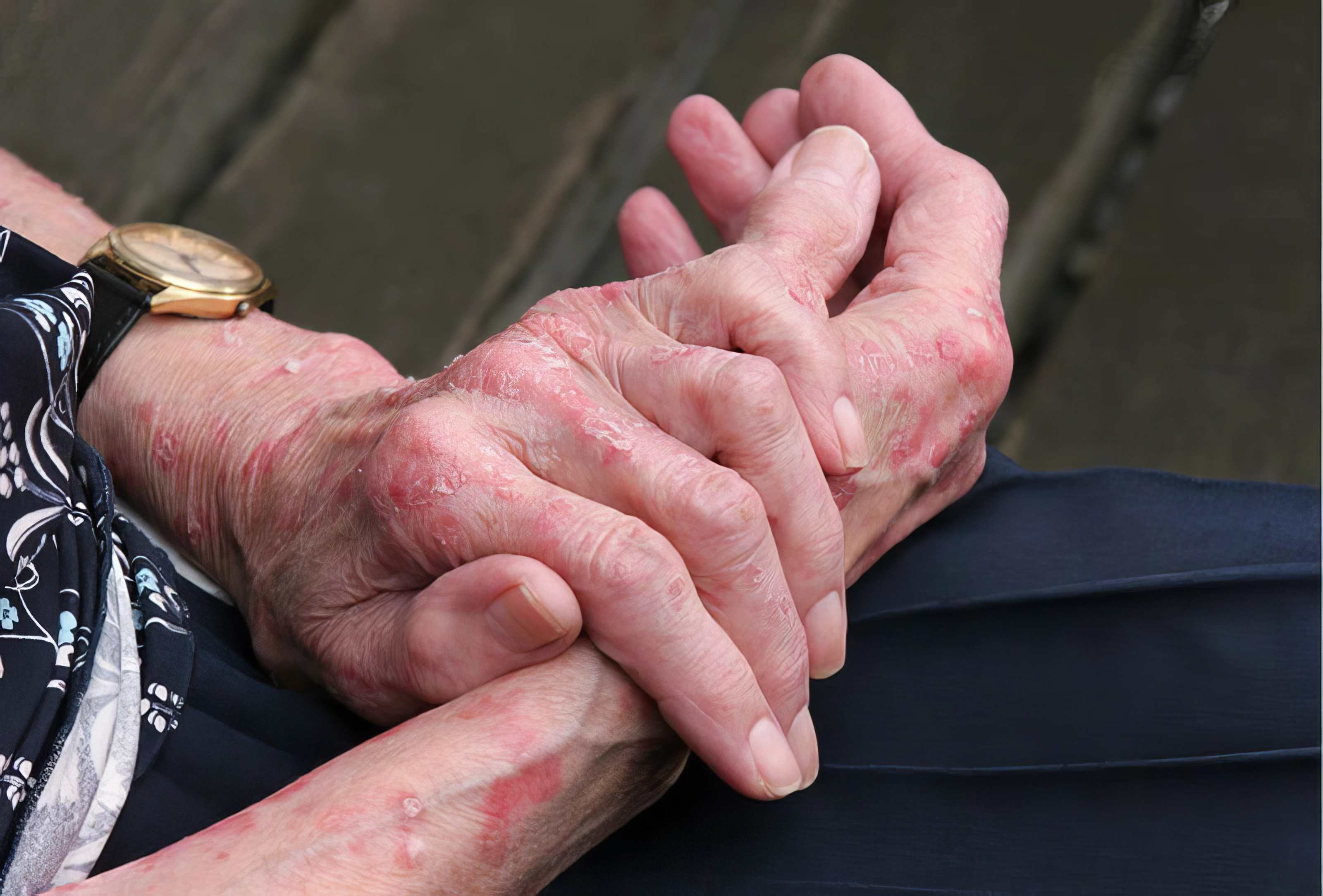
>>>> READ MORE: Can you donate blood after a tattoo? 10 Essential Facts You Need to Know
Causes and Mechanisms Behind Tattoo Ink Allergies
Allergic reactions to tattoo ink result from complex interactions between tattoo pigments and your immune system, with certain ink components and individual factors significantly increasing reaction risks. Understanding these mechanisms helps explain why some people develop allergies while others remain unaffected, even when using identical inks.
Tattoo ink contains various chemical compounds and metallic pigments that can trigger allergic responses in susceptible individuals. Red tattoo inks pose the highest allergy risk due to cinnabar (mercury sulfide), cadmium red, or organic compounds like azo dyes. These red pigments account for approximately 60-70% of all reported tattoo ink allergies, making red tattoos particularly concerning for sensitive individuals.
Other problematic ink colors include yellow inks containing cadmium sulfide or chromium compounds, and certain black inks with carbon black or iron oxide. Even newer "organic" or "vegan" inks can cause reactions, as natural doesn't necessarily mean hypoallergenic when introduced into skin tissue.
The immune mechanism behind tattoo ink allergies typically involves Type IV delayed hypersensitivity reactions. When tattoo ink is deposited into the dermis, immune cells called macrophages attempt to clear the foreign pigments but cannot fully eliminate the particles. Over time, these persistent pigments can trigger T-cell activation, leading to chronic inflammatory responses that manifest as allergic symptoms.
Common allergens in tattoo inks include:
- Red inks: Mercury sulfide, cadmium compounds, azo dyes
- Yellow inks: Cadmium sulfide, chromium compounds
- Blue and green inks: Cobalt and chromium compounds
- Black inks: Carbon black, iron oxide, nickel compounds
- White inks: Titanium dioxide, zinc oxide
Individual risk factors significantly influence allergy development. People with pre-existing allergies, sensitive skin, autoimmune conditions, or family histories of allergic reactions face higher risks. Certain genetic variations affecting immune responses can also predispose individuals to tattoo ink allergies.
Tattoo location and technique may influence allergy risk, with areas experiencing frequent friction or sun exposure potentially showing higher reaction rates. Additionally, multiple tattoo sessions or cover-up work can increase cumulative allergen exposure, potentially triggering reactions in previously tolerant individuals.

>>>> SEE MORE: Can you shower after a new tattoo? 10 Essential Guidelines for Proper Care
Recognizing Symptoms and Differentiating from Other Reactions
Identifying allergic reactions to tattoo ink requires understanding the distinctive symptoms and timeline that differentiate allergies from normal healing, infections, or other tattoo-related complications. Early recognition enables prompt treatment and prevents symptom progression.
Allergic reaction symptoms typically develop within days to weeks after tattooing, though delayed reactions can occur months or even years later. The affected area usually shows persistent inflammation that doesn't resolve with normal healing timelines, distinguishing allergic reactions from typical tattoo healing processes.
Primary allergic reaction symptoms:
- Persistent, intense itching lasting beyond normal healing period
- Raised bumps, nodules, or granulomas within tattoo lines
- Chronic redness and inflammation that doesn't subside
- Fluid-filled blisters or vesicles in tattooed areas
- Scaling, flaking, or peeling skin over the tattoo
- Changes in skin color or texture around the design
- Pain or tenderness that increases rather than decreases
Differentiating allergic reactions from tattoo infections requires careful observation of symptoms and timing. Infections typically develop within days of tattooing and involve pus formation, warmth, fever, and spreading redness beyond the tattoo boundaries. Allergic reactions rarely produce pus and usually remain confined to the tattooed area without systemic symptoms like fever.
Normal tattoo healing involves initial redness, swelling, and tenderness that gradually improves over 2-4 weeks. The tattoo may scab, peel, and appear slightly raised during healing, but these symptoms progressively decrease. Allergic reactions, conversely, show persistent or worsening symptoms that may fluctuate but don't resolve completely.
Contact dermatitis from tattoo aftercare products can also mimic allergic reactions to ink. However, dermatitis from topical products typically affects broader areas beyond just the tattoo and resolves quickly when the offending product is discontinued.
>>>> READ MORE: what to do after getting a tattoo for Perfect Healing
Diagnosing Allergic Reactions to Tattoo Ink
Proper diagnosis of tattoo ink allergies requires professional medical evaluation, as symptoms can overlap with other skin conditions and accurate diagnosis guides appropriate treatment strategies. Healthcare providers use specific approaches to confirm allergic reactions and rule out other potential causes.
The diagnostic process typically begins with a comprehensive medical history focusing on tattoo timeline, symptom development, previous allergic reactions, and current medications. Physicians examine the affected tattoo, noting symptom distribution, appearance, and relationship to specific ink colors within the design.
Patch testing represents the gold standard for diagnosing tattoo ink allergies when commercially available allergens are suspected. However, patch testing for tattoo-specific allergens can be challenging, as many tattoo inks contain proprietary formulations not included in standard allergy testing panels.
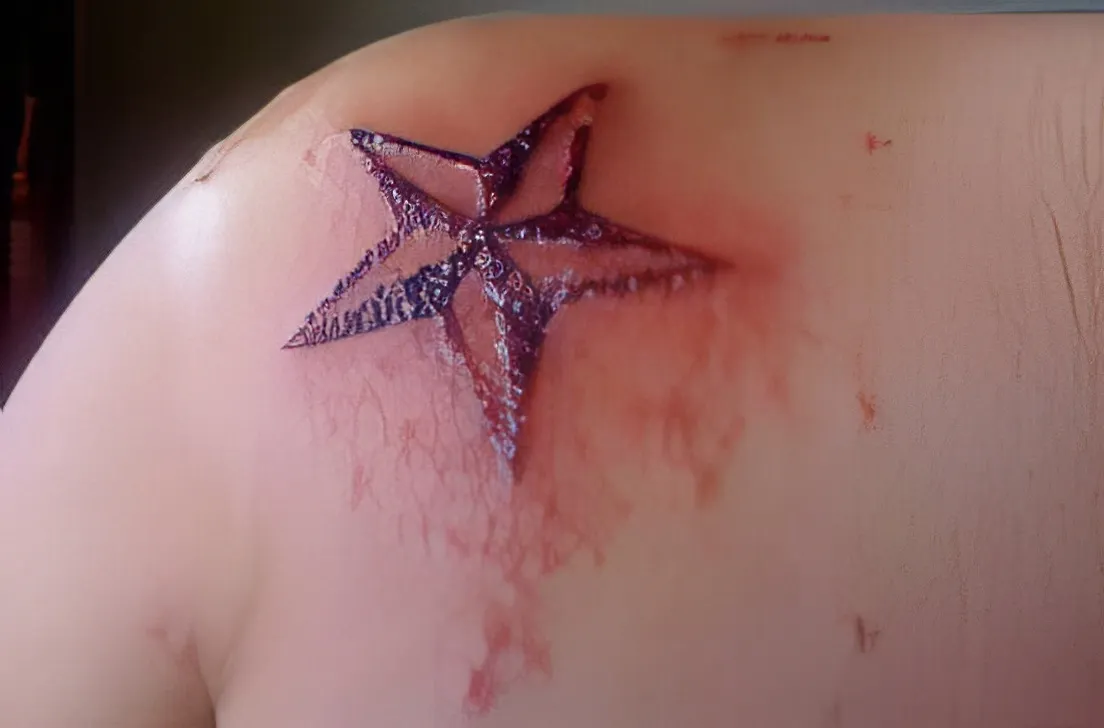
In complex cases, dermatologists may perform skin biopsies to examine tissue changes under microscopic evaluation. Biopsy results showing chronic inflammatory patterns with foreign body reactions support allergic diagnoses and help guide treatment decisions.
Diagnostic approaches include:
- Detailed medical history and symptom timeline assessment
- Physical examination focusing on tattoo-specific symptom patterns
- Patch testing when appropriate allergens are available
- Skin biopsy for histopathological examination in unclear cases
- Photography to document symptom progression and treatment response
Some healthcare providers may attempt therapeutic trials with anti-inflammatory treatments to assess symptom response, though this approach should complement rather than replace thorough diagnostic evaluation.
Seeking consultation with dermatologists or allergists experienced in tattoo-related reactions ensures accurate diagnosis and appropriate treatment planning. These specialists understand the unique challenges of tattoo ink allergies and can provide specialized care tailored to individual situations.
>>>> SEE MORE: what to moisturize tattoo with To Recover Quickly And Keep The Color Lasting And Beautiful
Treatment and Management Options
Treating allergic reactions to tattoo ink requires comprehensive approaches tailored to symptom severity, affected areas, and individual patient factors. Treatment goals include controlling inflammation, relieving symptoms, and preventing complications while preserving tattoo appearance when possible.
First-line treatments typically involve topical corticosteroids to reduce inflammation and control allergic responses. Prescription-strength topical steroids like triamcinolone or clobetasol may be necessary for severe reactions, while milder symptoms might respond to over-the-counter hydrocortisone preparations. Treatment duration and potency require medical supervision to balance effectiveness with potential side effects.
Oral antihistamines provide symptom relief for itching and can help reduce overall allergic responses. Non-sedating antihistamines like cetirizine or loratadine are preferred for daytime use, while sedating options like diphenhydramine may help with nighttime itching that disrupts sleep.
Treatment options by severity level:
Mild reactions:
- Topical corticosteroids (moderate potency)
- Oral antihistamines for itching relief
- Cool compresses and gentle skin care
- Avoidance of irritating products or activities
Moderate to severe reactions:
- High-potency topical corticosteroids
- Intralesional steroid injections for persistent nodules
- Oral corticosteroids for widespread or severe symptoms
- Immunosuppressive medications in resistant cases
Advanced treatment interventions become necessary when standard therapies fail to control symptoms adequately. Intralesional corticosteroid injections directly into reactive tattoo areas can effectively treat persistent nodules or granulomas that don't respond to topical treatments.
For severe, treatment-resistant cases, systemic immunosuppressive medications like methotrexate or cyclosporine may be considered under specialist supervision. These powerful medications require careful monitoring and are reserved for cases where benefits outweigh potential risks.
Laser therapy offers another treatment avenue, particularly for persistent allergic reactions affecting specific tattoo areas. Q-switched lasers can help break down problematic pigments while potentially reducing inflammatory responses, though results vary and multiple sessions are typically required.
Complete tattoo removal may become necessary in severe cases where conservative treatments fail and symptoms significantly impact quality of life. Various removal methods exist, including laser removal, dermabrasion, or surgical excision, each with specific advantages and limitations requiring professional evaluation.
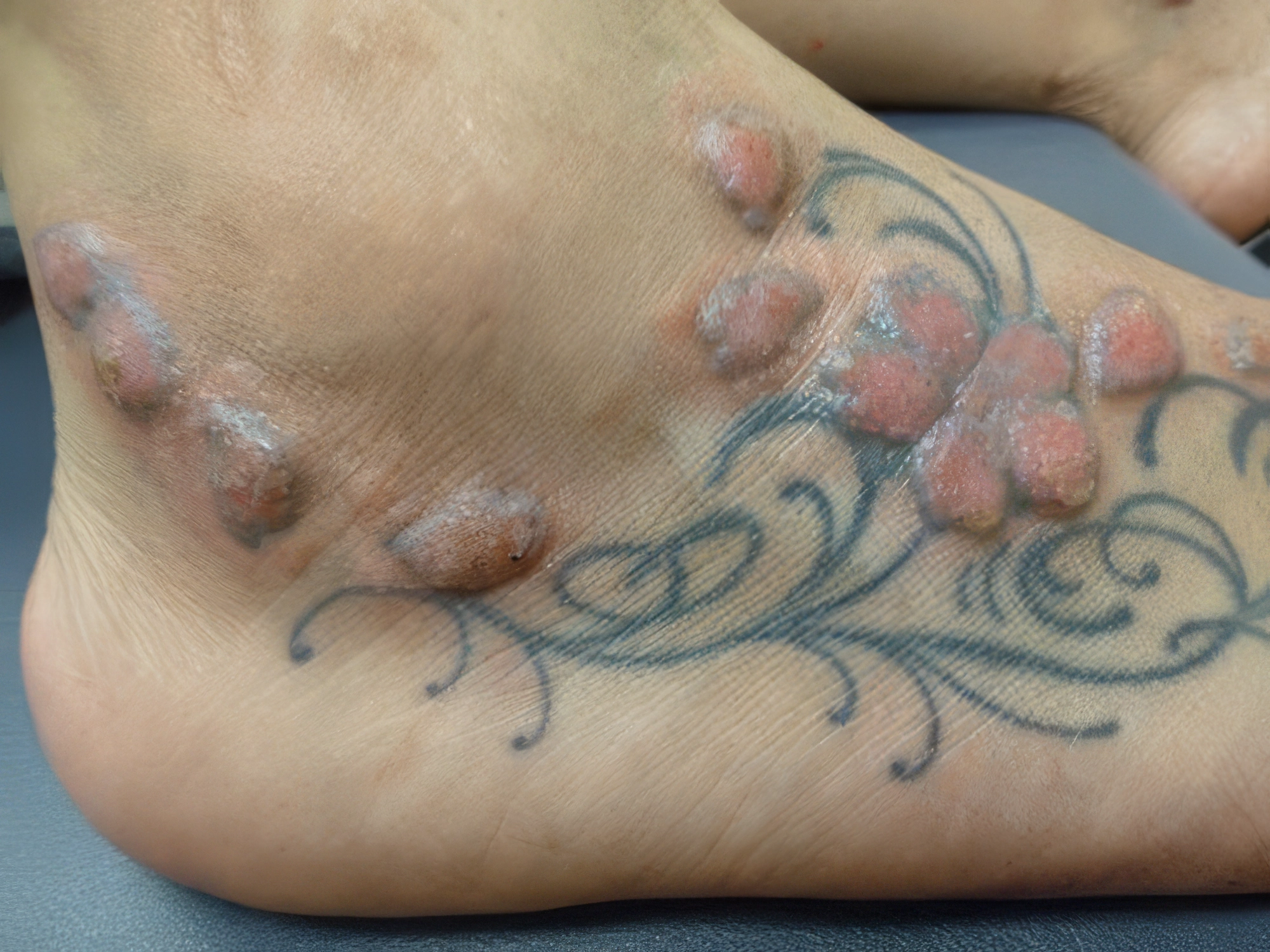
Preventing Allergic Reactions to Tattoo Ink
Prevention strategies significantly reduce the risk of developing allergic reactions to tattoo ink, making proactive measures essential for anyone considering tattoos, especially individuals with known allergies or sensitive skin conditions.
Pre-tattoo patch testing offers the most reliable prevention method when specific ink allergens are suspected. Patch testing involves applying small amounts of proposed tattoo pigments to the skin and monitoring for reactions over 48-72 hours. While not all tattoo shops offer patch testing, many reputable studios can arrange testing through dermatology partnerships or specialized services.
Choosing hypoallergenic or organic tattoo inks reduces but doesn't eliminate allergy risks. Some newer ink formulations specifically avoid common allergens like mercury, cadmium, or certain azo compounds. However, "organic" or "natural" doesn't guarantee safety, as natural substances can still trigger allergic reactions in susceptible individuals.
Essential prevention strategies:
- Request patch testing before tattooing, especially for red or yellow inks
- Choose reputable studios using high-quality, tested ink brands
- Avoid tattoos if you have multiple known allergies or severe sensitivities
- Consider starting with small, single-color tattoos to test individual reactions
- Discuss allergy history thoroughly with tattoo artists before proceeding
- Research ink ingredients and avoid known personal allergens
When to Seek Urgent Medical Attention
Recognizing when allergic reactions to tattoo ink require immediate medical intervention can prevent serious complications and ensure appropriate emergency treatment. While most tattoo ink allergies develop gradually and remain localized, certain symptoms indicate urgent medical needs.
Severe allergic reactions can occasionally develop into systemic responses affecting multiple body systems. Though rare with tattoo ink allergies, anaphylactic reactions require immediate emergency medical attention and can be life-threatening without prompt treatment.
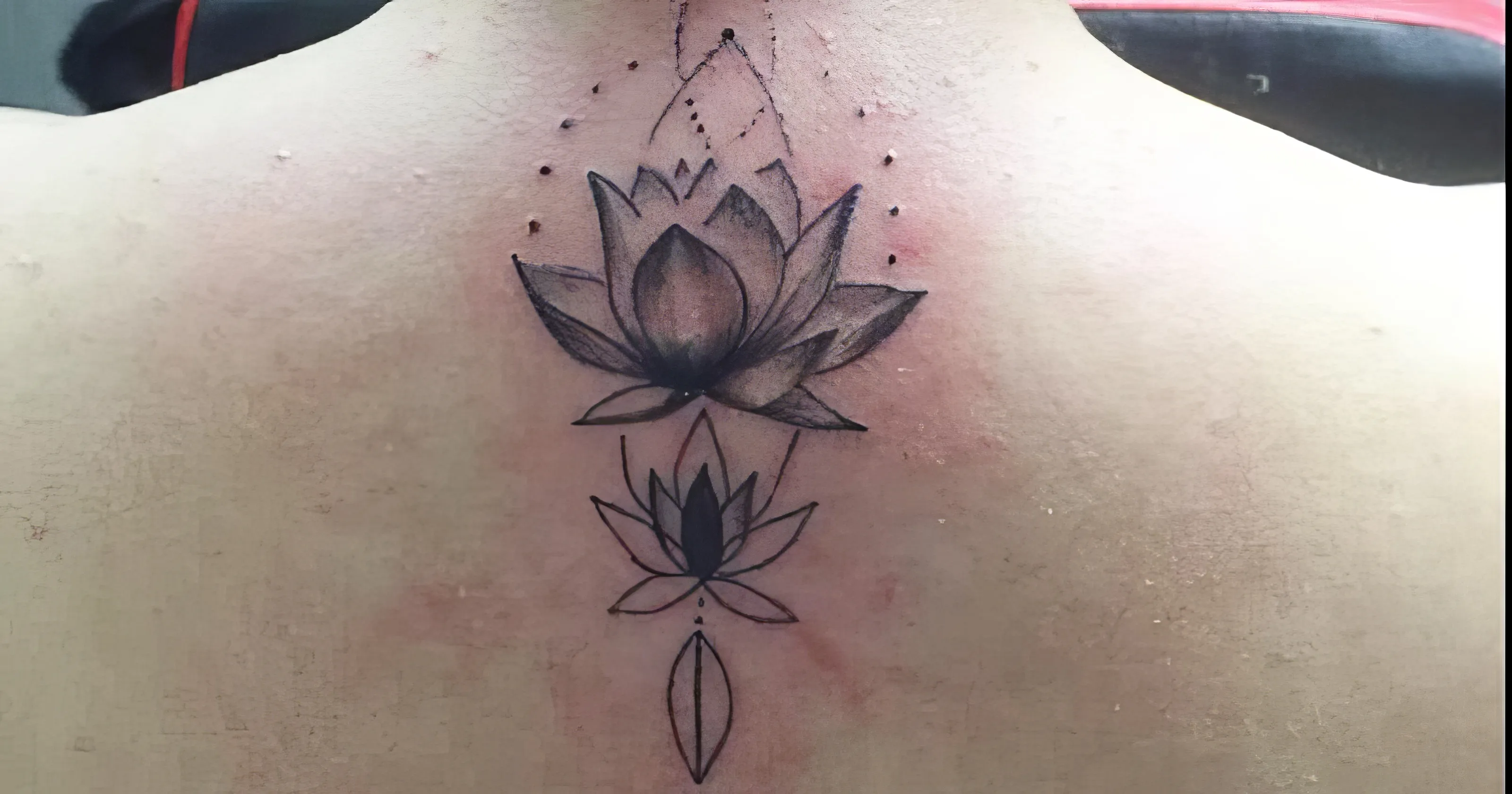
Seek immediate medical attention for:
- Difficulty breathing, wheezing, or throat tightness
- Rapid pulse, dizziness, or fainting episodes
- Widespread rash extending far beyond the tattoo area
- Severe swelling affecting face, lips, or throat
- High fever accompanied by tattoo area symptoms
- Signs of secondary infection (pus, red streaking, warm skin)
- Severe pain that suddenly worsens or becomes unbearable
Signs of secondary bacterial infection require prompt medical evaluation, as infections can complicate allergic reactions and potentially lead to serious systemic illness. Red streaking extending from the tattoo, increasing warmth, pus formation, or fever suggest bacterial involvement requiring antibiotic treatment.
Persistent symptoms that worsen despite home care measures warrant medical consultation even when not immediately life-threatening. Chronic inflammation, spreading reactions, or symptoms that significantly impact daily activities or sleep require professional evaluation and treatment.
Schedule medical consultation for:
- Symptoms persisting beyond 2-3 weeks without improvement
- Gradual symptom worsening despite appropriate care
- Development of new symptoms or spreading reactions
- Significant impact on daily activities or quality of life
- Uncertainty about symptom cause or appropriate treatment
Emergency department evaluation is appropriate for severe symptoms, while dermatology or allergy clinic appointments suit non-urgent but persistent problems. When calling healthcare providers, describe symptom timeline, tattoo details, and any treatments already attempted to help guide appropriate care recommendations.
Keep documentation of symptom progression through photos and written descriptions, as this information helps healthcare providers assess severity and treatment effectiveness over time.
At H2M Tattoo Studio, we recognize that allergic reaction to tattoo ink are a serious but manageable health concern. While they can cause discomfort and anxiety, being informed about potential triggers, symptoms, and treatment options allows you to take control of your tattoo journey. With the right precautions and guidance from experienced artists, you can minimize risks and still enjoy meaningful, lasting body art. Our goal is to ensure every tattoo experience is not only beautiful but also safe and well-informed.
>>>> NOTE NOW:

